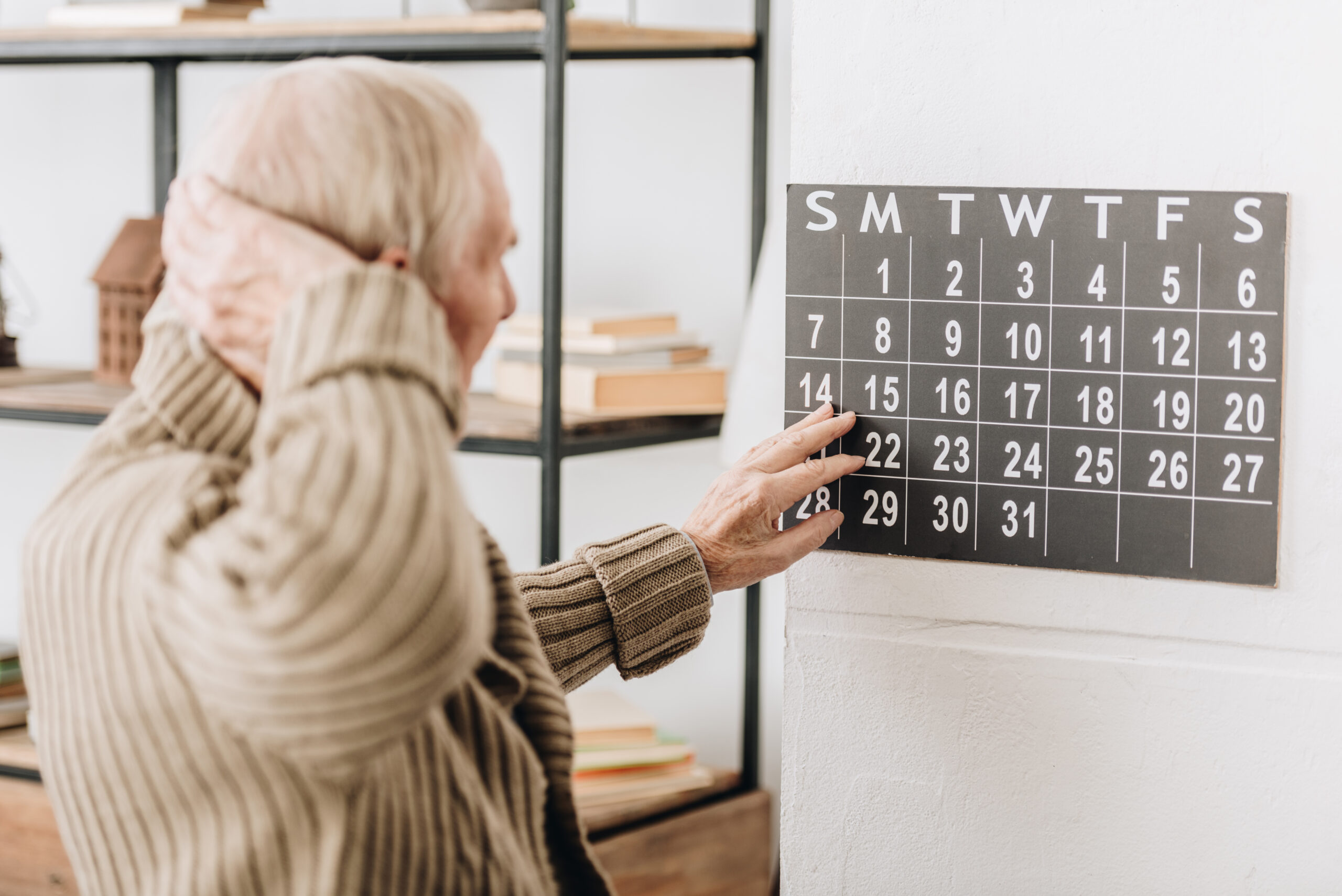Memory Muse: Engaging the Senses Through Artistic Expression
Memory Muse: Engaging the Senses Through Artistic Expression
Memory is a powerful muse that inspires artists to create works that not only reflect their personal experiences but also evoke emotions and connections in those who experience them. This concept of memory as a muse is beautifully captured in various forms of art, from visual installations to literature, where memories are transformed into tangible expressions that engage our senses and spark creativity.
### The Role of Memory in Artistic Expression
Artists often draw upon memories to create pieces that are deeply personal and emotionally resonant. These memories can be joyful, painful, or nostalgic, but they all serve as a catalyst for artistic expression. For instance, a painter might use vivid colors to depict a childhood memory, while a writer might weave a narrative around a significant life event. This process of translating memories into art allows artists to relive and reinterpret their experiences, often leading to profound insights and innovative ideas.
### Engaging the Senses
Artistic expressions inspired by memory engage our senses in unique ways. A visual installation might use light and sound to recreate a memory, making the viewer feel as though they are part of the scene. Similarly, a piece of music can evoke memories of a particular time or place, transporting listeners back to moments they thought were lost. This sensory engagement is what makes memory such a compelling muse; it allows artists to tap into the emotional depth of their experiences and share that with others.
### Examples of Memory as a Muse
In recent cultural festivals, memory has been celebrated as a source of creativity. For example, an immersive art installation might recreate historical settings, allowing visitors to step into the past and relive memories that are both personal and collective. This kind of engagement not only honors the past but also inspires new perspectives and creative interpretations.
### Cultivating Memory as a Muse
To tap into memory as a source of inspiration, artists often reflect on their personal journeys and connections. Keeping a journal or sketchbook can help capture fleeting memories and emotions, which can later be transformed into art. Engaging with creative communities and exploring different mediums can also stimulate the process of turning memories into artistic expressions.
### Conclusion
Memory serves as a powerful muse, inspiring artists to create works that are both deeply personal and universally relatable. By engaging our senses and evoking emotions, these artistic expressions remind us of the enduring power of memory to spark creativity and connection. Whether through visual art, music, or literature, memory continues to be a rich source of inspiration, guiding artists toward new and innovative forms of expression.





